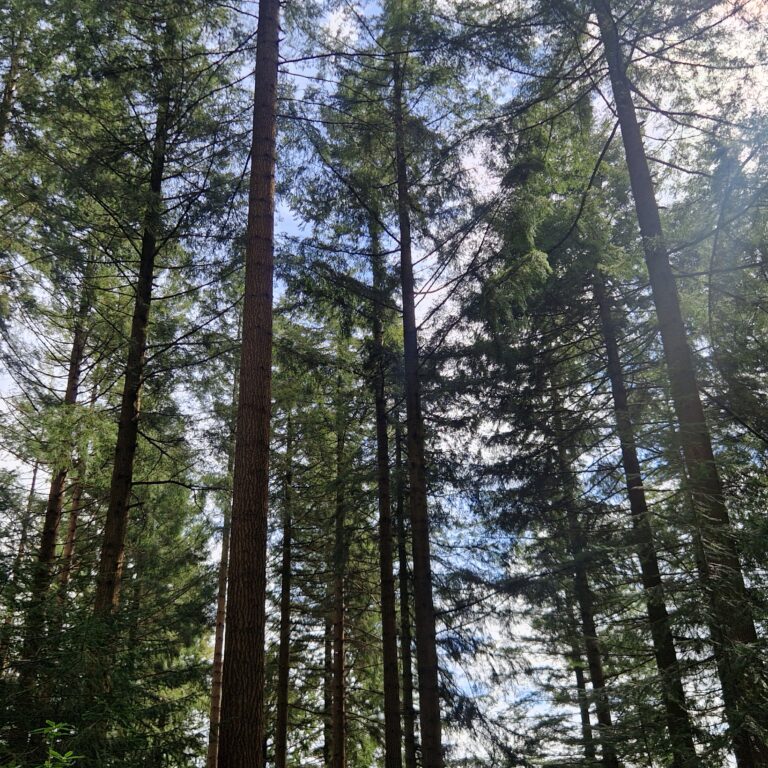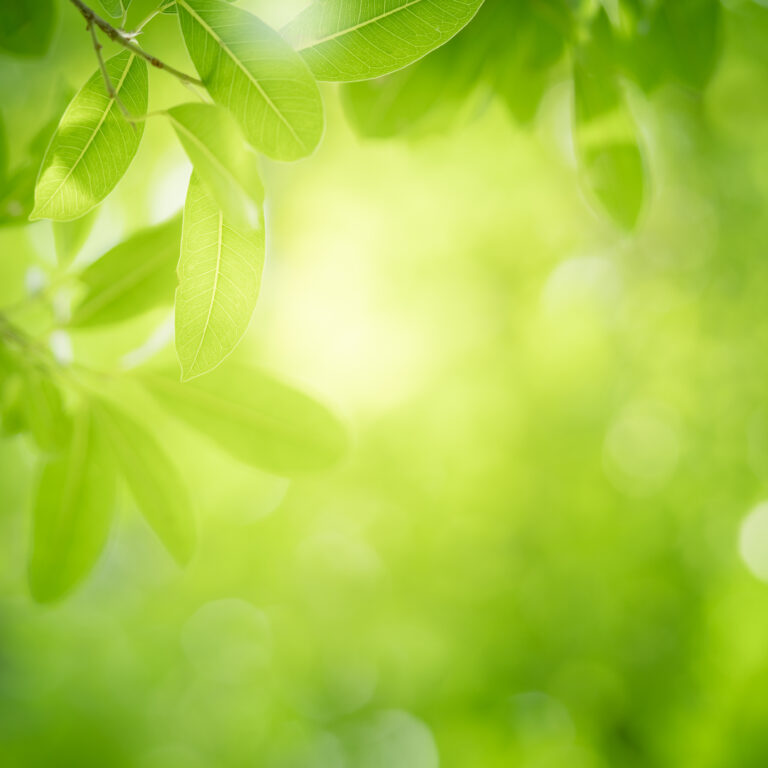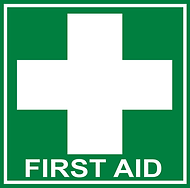Proper tree care is essential for the health and longevity of your trees. Here are some tips for looking after your trees:
Tree Care
CROWN REDUCTION
Crown reductions include the reduction of the width and the height of the tree whilst keeping the root system under control.
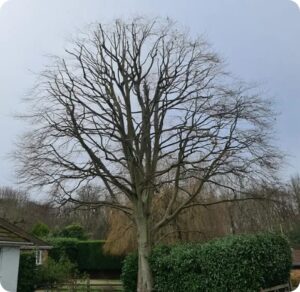
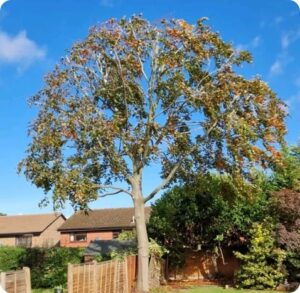
CROWN THINNING
Common reasons for Crown Thinning are to allow more light to pass through the tree, reduce wind resistance with maintaining the shape and size of the tree.
CROWN LIFTING
Crown lifting involves removing the lowest branches of the tree to allow more light below the tree or to improve access. No more than 15% of the crown height should be removed leaving the crown to make up at least two thirds of the tree’s total height.
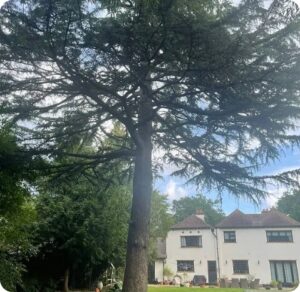
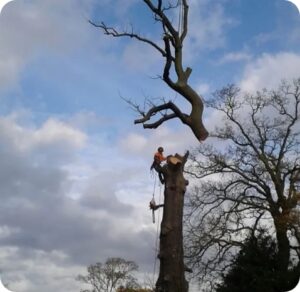
TREE FELLING
If trees are damaged, diseased or invasive, removal may be the best or only option. We will leave the area clear and tidy ready for replanting or regeneration.
DEAD WOOD REMOVAL
Dead-wooding is the removal of any non-living branches and stems from the tree to avoid any risk of danger should it fall. This is particularly important in areas where people may walk, play or drive underneath.
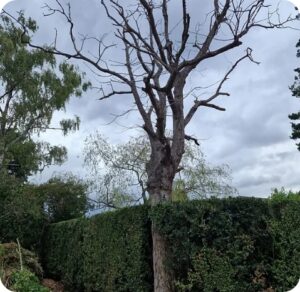
TREE PRESERVATION ORDER APPLICATION
A Tree Preservation Order is an order made by the local planning authority in England to protect specific trees, groups of trees or woodlands in the interests of amenity.

Lumber-Jacks Tree Services are able to apply for the approval of any tree work on your behalf. A tree officer will come and review the tree and make a decision within 6-8 weeks. A tree with a Tree Preservation Order will need approval before the work can commence.
1. Watering
Make sure your trees are getting enough water, especially during dry periods. Water deeply and infrequently to encourage deep root growth.
2. Mulching
Mulch around the base of your trees to help retain moisture, regulate soil temperature, and suppress weeds. Make sure to leave a gap between the mulch and the tree trunk to prevent rot.
3. Pruning
Regular pruning helps to maintain tree health, promote strong growth, and improve the appearance of your trees. Remove dead or diseased branches, as well as any crossing or rubbing branches.
4. Fertilizing
Consider fertilizing your trees to provide them with essential nutrients. A soil test can help determine which nutrients your trees need.
5. Pest and disease control
Keep an eye out for any signs of pests or diseases on your trees. Early detection and appropriate treatment can help prevent serious damage.
6. Support and protection
Provide support to young or weak trees with stakes or braces to help them grow straight and strong. Protect your trees from mechanical damage, such as lawnmower injuries or construction activities.
7. Consulting a professional
If you are unsure about how to care for your trees or if you have a large or mature tree that needs special attention, get in touch for a free health
By following these tips and regularly caring for your trees, you can help ensure that they thrive and enhance the beauty of your landscape for many years to come.

